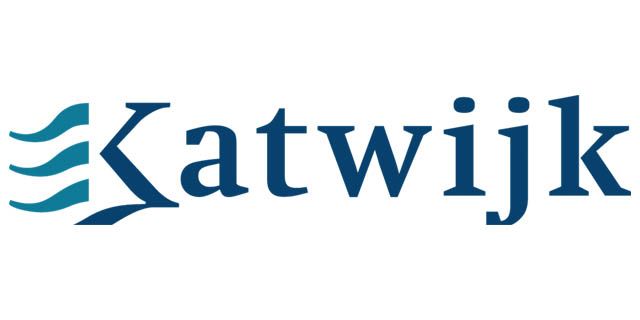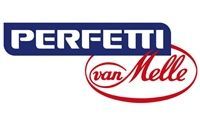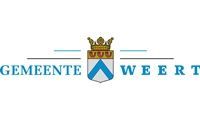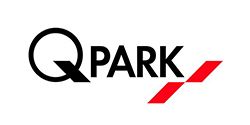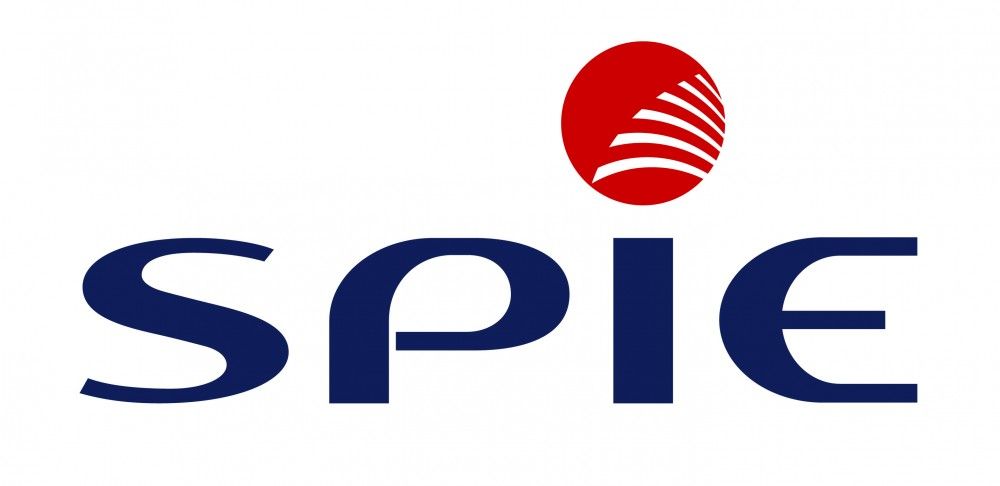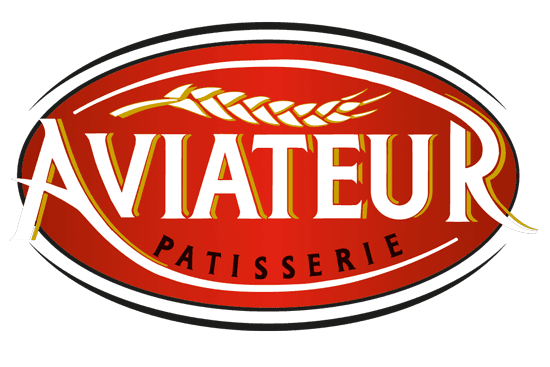Cursusbeschrijving
This course provides an introduction to HTML5, CSS3, and JavaScript. This course helps students gain basic HTML5/CSS3/JavaScript programming skills and is an entry point into both the Web application and Windows Store apps training paths.
The course focuses on using HTML5/CSS3/JavaScript to implement programming logic, define and use variables, perform looping and branching, develop user interfaces, capture and validate user input, store data, and create well-structured applications. The lab scenarios in this course are selected to support and demonstrate the structure of various application scenarios. They are intended to focus on the principals and coding components/structures that are used to establish an HTML5 software application.
{tab Doelgroep}The course is intended for developers who have at least six months of professional experience and who are interested in developing applications using HTML5 with JavaScript and CSS3 (either Windows Store apps or IE10 apps for the Web). While the students may have little or no HTML5 coding experience, they should have some experience with HTML4.
Students choosing to attend this course without a developer background should pay special attention to the training prerequisites. Developers who have more than 5 years programming experience may find that portions of this training are fundamental in nature when presenting the syntax associated with certain programming tasks.
{tab Voorkennis} In addition to their professional experience, students who attend this training should have a combination of practical and conceptual knowledge related to HTML5 programming. This includes the following prerequisites:Understand the basic HTML document structure:
- Use HTML tags to display text content.
- Use HTML tags to display graphics.
- Use HTML APIs.
Understand how to style common HTML elements using CSS, including:
- Separating presentation from content.
- Managing content flow.
- Managing positioning of individual elements.
- Managing content overflow.
- Basic CSS styling.
- Overview of HTML
- Overview of CSS
- Creating a Web Application by Using Visual Studio 2012
- Describe basic HTML elements and attributes.
- Explain the structure of CSS.
- Describe the tools available in Visual Studio 2012 for building Web applications.
- Creating an HTML5 Page
- Styling an HTML5 Page
- Create static pages using the new features available in HTML5.
- Use CSS3 to apply basic styling to the elements in an HTML5 page.
- Overview of JavaScript Syntax
- Programming the HTML DOM with JavaScript
- Introduction to jQuery
- Explain the syntax of JavaScript and describe how to use JavaScript with HTML5.
- Write JavaScript code that manipulates the HTML DOM and handles events.
- Describe how to use jQuery to simplify code that uses many common JavaScript APIs.
- Overview of Forms and Input Types
- Validating User Input by Using HTML5 Attributes
- Validating User Input by Using JavaScript
- Create forms that use the new HTML5 input types.
- Validate user input and provide feedback by using the new HTML5 attributes.
- Write JavaScript code to validate user input and provide feedback in cases where it is not suitable to use HTML5 attributes
- Sending and Receiving Data by Using XMLHTTPRequest
- Sending and Receiving Data by Using jQuery AJAX operations
- Serialize, deserialize, send, and receive data by using XMLHTTPRequest objects.
- Simplify code that serializes, deserializes, sends, and receives data by using the jQuery ajax method.
- Styling Text
- Styling Block Elements
- CSS3 Selectors
- Enhancing Graphical Effects by Using CSS3
- Style text elements on an HTML5 page by using CSS3.
- Apply styling to block elements by using CSS3.
- Use CSS3 selectors to specify the elements to be styled in a Web application.
- Implement graphical effects and transformations by using the new CSS3 properties.
- Writing Well-Structured JavaScript
- Creating Custom Objects
- Extending Objects
- Describe the benefits of structuring JavaScript code carefully to aid maintainability and extensibility.
- Explain best practices for creating custom objects in JavaScript.
- Describe how to extend custom and native objects to add functionality.
- Interacting with Files
- Incorporating Multimedia
- Reacting to Browser Location and Context
- Debugging and Profiling a Web Application
- Use the Drag and Drop, and the File APIs to interact with files in a Web application.
- Incorporate audio and video into a Web application.
- Detect the location of the user running a Web application by using the Geolocation API.
- Explain how to debug and profile a Web application by using the Web Timing API and the Internet Explorer Developer Tools.
- Reading and Writing Data Locally
- Adding Offline Support by Using the Application Cache
- Save and retrieve data locally on the user’s computer by using the Local Storage API.
- Provide offline support for a Web application by using the Application Cache API.
- Supporting Multiple Form Factors
- Creating an Adaptive User Interface
- Describe the need to detect device capabilities and react to different form factors in a Web application.
- Create a Web page that can dynamically adapt its layout to match different form factors.
- Creating Interactive Graphics by Using Scalable Vector Graphics
- Programmatically Drawing Graphics by Using a Canvas
- Use Scalable Vector Graphics to add interactive graphics to an application.
- Draw complex graphics on an HTML5Canvas element by using JavaScript code.
- Applying CSS Transitions
- Transforming Elements
- Applying CSS Key-frame Animations
- Apply CSS transitionsto elements on an HTML5 page, and write JavaScript code to detect when a transition has occurred.
- Describe the different types of 2D and 3D transitions available with CSS3
- Implement complex animations by using CSS key-frames and JavaScript code.
- Introduction to Web Sockets
- Sending and Receiving Data by Using Web Sockets
- Explain how Web Sockets work and describe how to send and receive data through a Web Socket.
- Use the Web Socket API with JavaScript to connect to a Web Socket server, send and receive data, and handle the different events that can occur when a message is sent or received.
- Introduction to Web Workers
- Performing Asynchronous Processing by Using aWeb Worker
- Describe the purpose of a Web Worker process, and how it can be used to perform asynchronous processing as well as provide isolation for sensitive operations.
- Use the Web Worker APIs from JavaScript code to create, run, and monitor a Web Worker process.
- Explain how to use Visual Studio 2012 to create and run a Web application.
- Describe the new features of HTML5, and create and style HTML5 pages.
- Add interactivity to an HTML5 page by using JavaScript.
- Create HTML5 forms by using different input types, and validate user input by using HTML5 attributes and JavaScript code.
- Send and receive data to and from a remote data source by using XMLHTTPRequest objectsand jQuery AJAX operations.
- Style HTML5 pages by using CSS3.
- Create well-structured and easily-maintainable JavaScript code.
- Use common HTML5 APIs in interactive Web applications.
- Create Web applications that support offline operations.
- Create HTML5 Web pages that can adapt to different devices and form factors.
- Add advanced graphics to an HTML5 page by using Canvas elements, and by using and Scalable Vector Graphics.
- Enhance the user experience by adding animations to an HTML5 page.
- Use Web Sockets to send and receive data between a Web application and a server.
- Improve the responsiveness of a Webapplication that performs long-running operations by using Web Worker processes.
This course uses Visual Studio 2012, running on Windows 8.
This course will be delivered with digital courseware. In order to have the best learning experience you are asked to bring your own second screen to view the courseware. A second screen includes: tablets and laptops.
{/tabs} {slider Cursusinhoud|closed}Module 1: Overview of HTML and CSS
This module provides an overview of HTML and CSS, and describes how to use Visual Studio 2012 to build a Web application.
Module 2: Creating and Styling HTML5 Pages
This module describes the new features of HTML5, and explains how to create and style HTML5 pages.
Module 3: Introduction to JavaScript
This module provides an introduction to the JavaScript language, and shows how to use JavaScript to add interactivity to HTML5 pages.
Module 4: Creating Forms to Collect Data and Validate User Input
This module describes thenew input types available with HTML5, and explains how to create forms to collect and validate user input by using the new HTML5 attributes and JavaScript code.
Module 5: Communicating with a Remote Data Source
This module describes how to send and receive data to and from a remote data source by using an XMLHTTPRequest object and by performing jQuery AJAX operations.
Module 6: Styling HTML5 by Using CSS3
This module describes how to style HTML5 pages and elements by using the new features available in CSS3.
Module 7: Creating Objects and Methods by Using JavaScript
This module explains how to write well-structured and easily-maintainable JavaScript code, and how to apply object-oriented principles to JavaScript code in a Web application.
Module 8: Creating Interactive Pages using HTML5 APIs
This module describes how to use some common HTML5 APIs to add interactive features to a Web application. This module also explains how to debug and profile a Web application.
Module 9: Adding Offline Support to Web Applications
This module describes how to add offline support to a Web application, to enable the application to continue functioning in a user’s browser even if the browser is disconnected from the network.
Module 10: Implementing an Adaptive User Interface
This module describes how to create HTML5 pages that can dynamically detect and adapt to different devices and form factors.
Module 11: Creating Advanced Graphics
This module describes how to create advanced graphics for an HTML5 Web application by using a Canvas element, and by using Scalable Vector Graphics.
Module 12: Animating the User Interface
This module describes how to enhance the user experience in an HTML5 Web application by adding animations.
Module 13: Implementing Real-Time Communications by Using Web Sockets
This module explains how to use Web Sockets to transmit and receive data between an HTML5 Web application and a server.
Module 14: Creating a Web Worker Process
This module describes how to use Web Worker Processes to perform long-running operations asynchronously and improve the responsiveness of an HTML5 Web application.
After completing this course, students will be able to:
Excel Training Volgen?
Benieuwd naar de mogelijkheden van een Excel training? Vraag vrijblijvend meer informatie aan en we sturen je binnen 24 uur meer informatie op!
